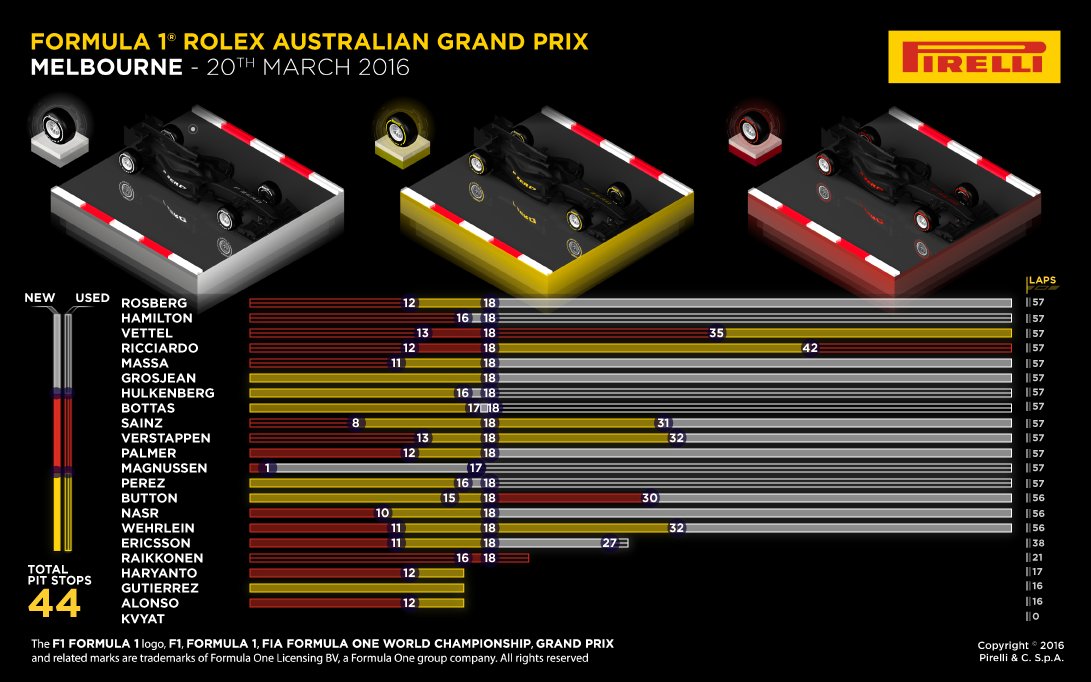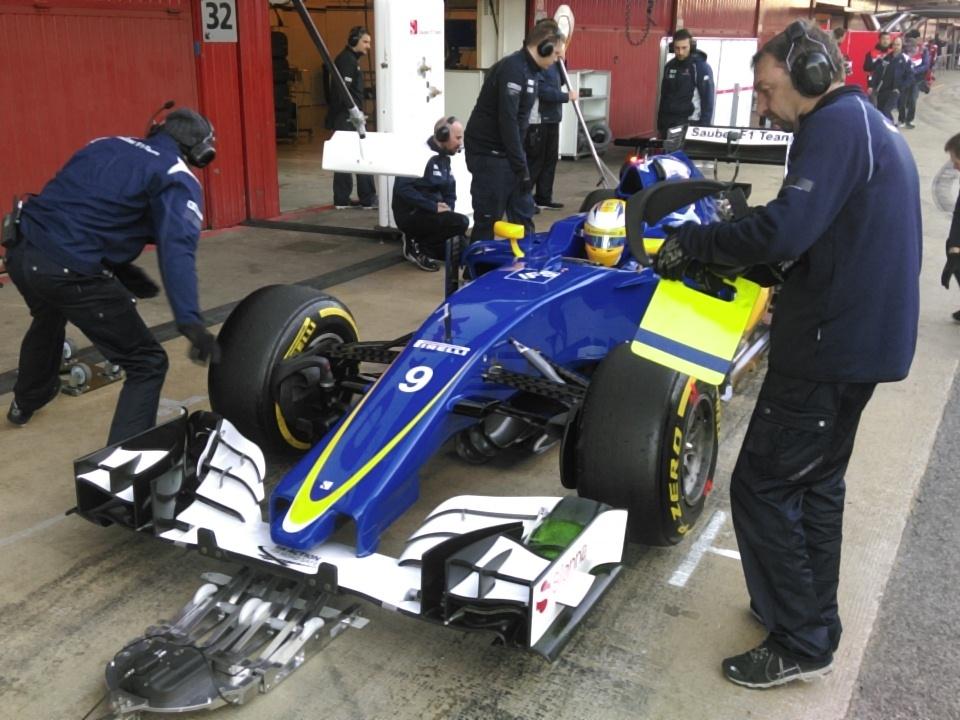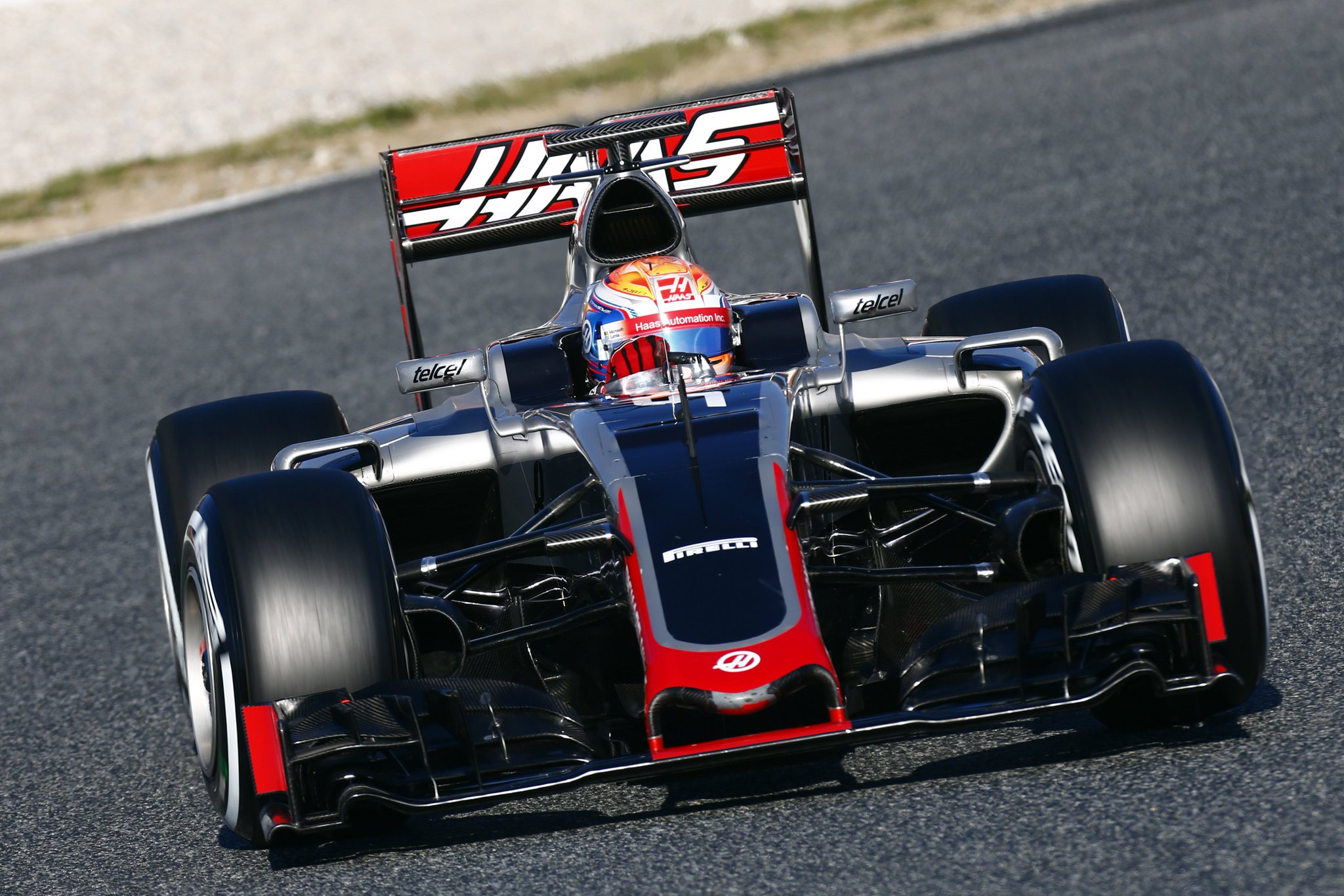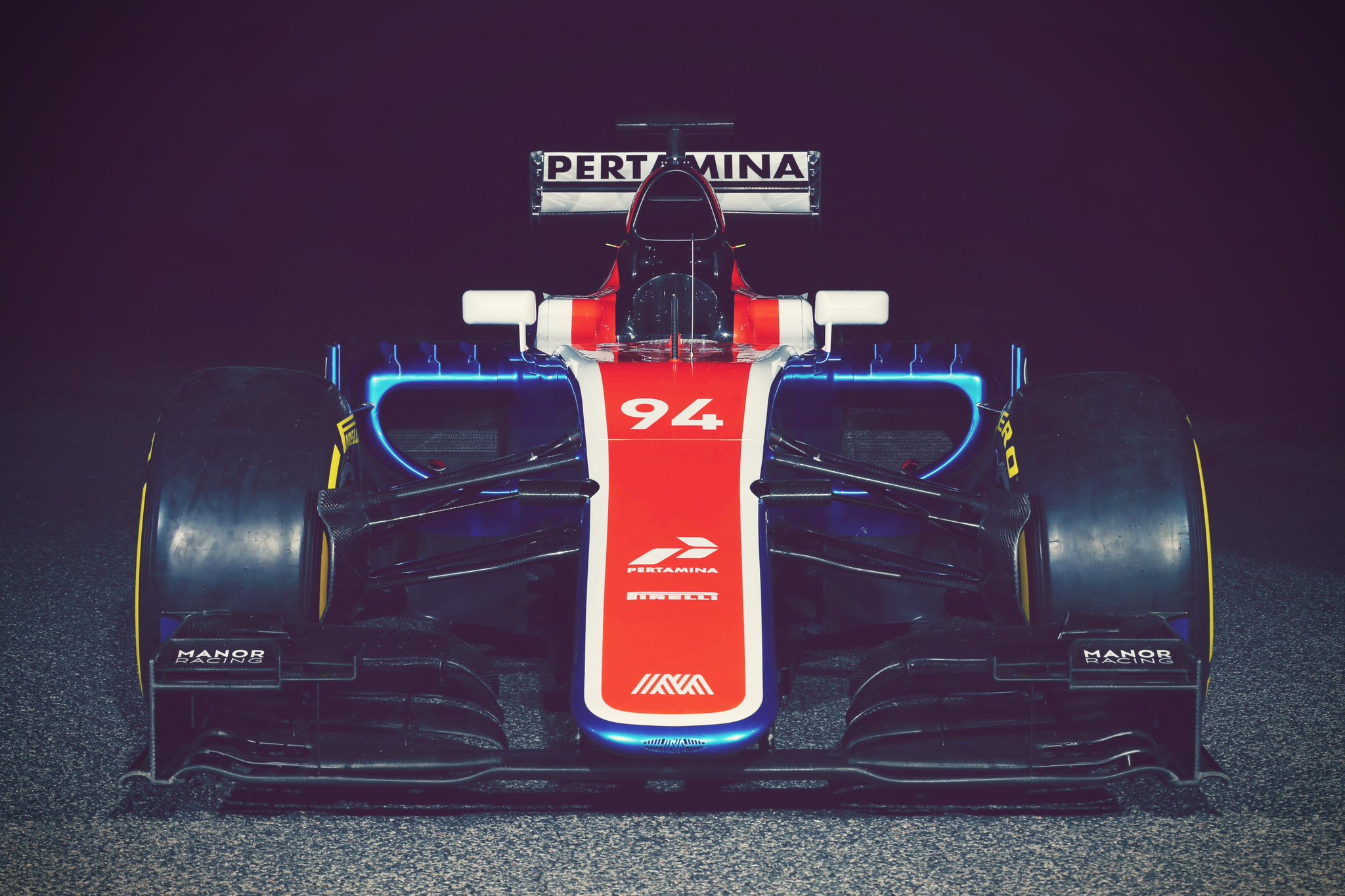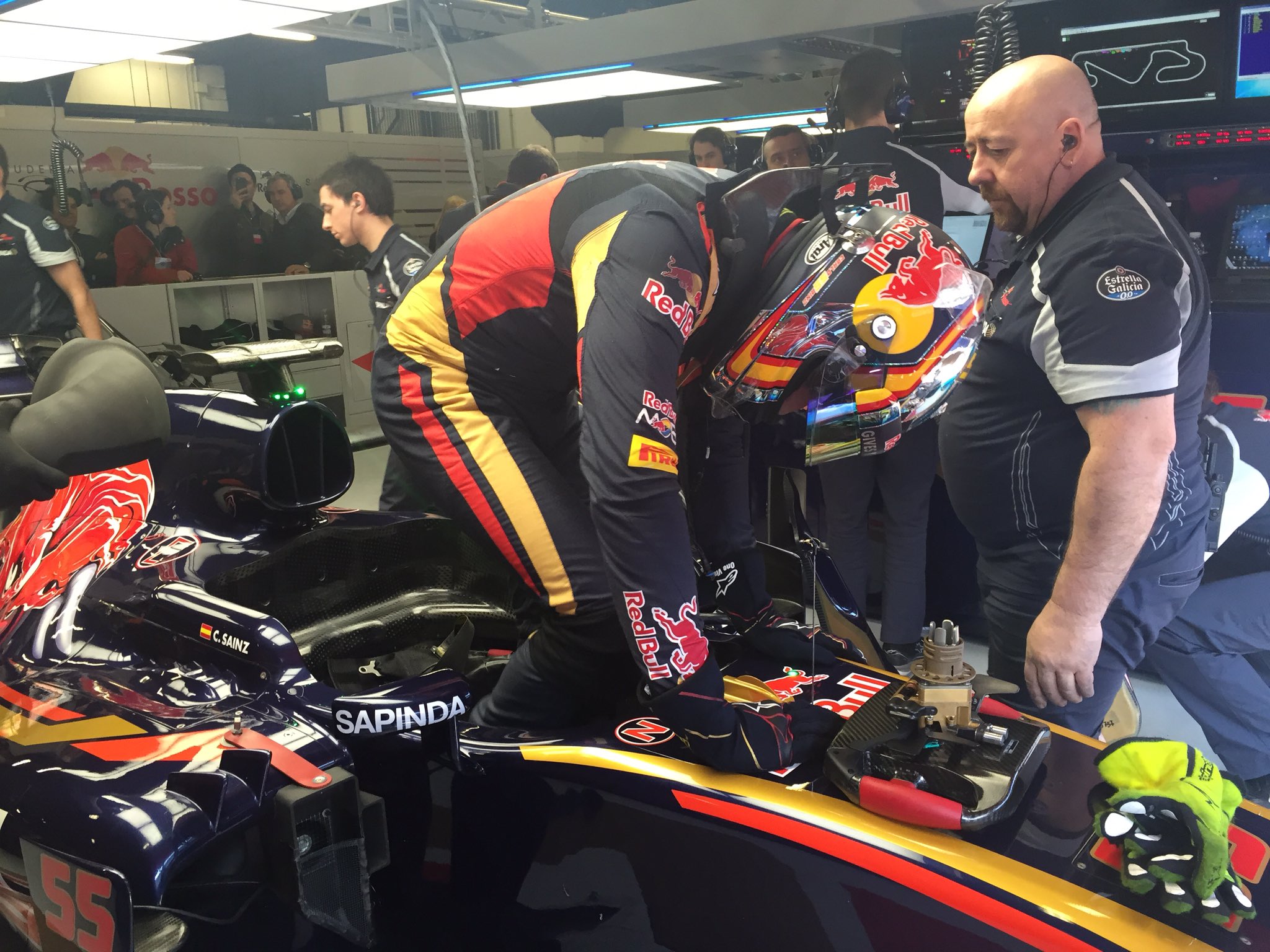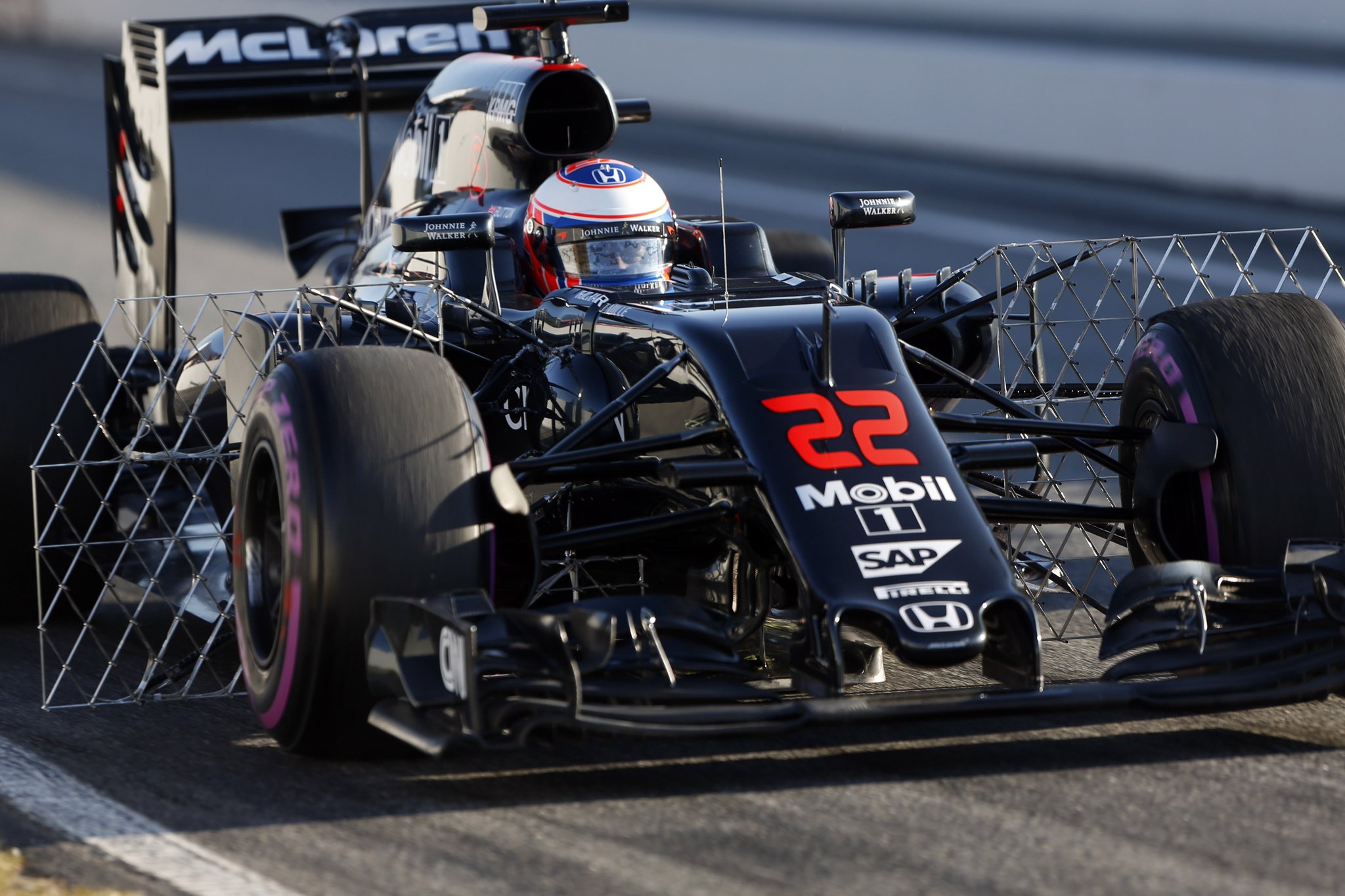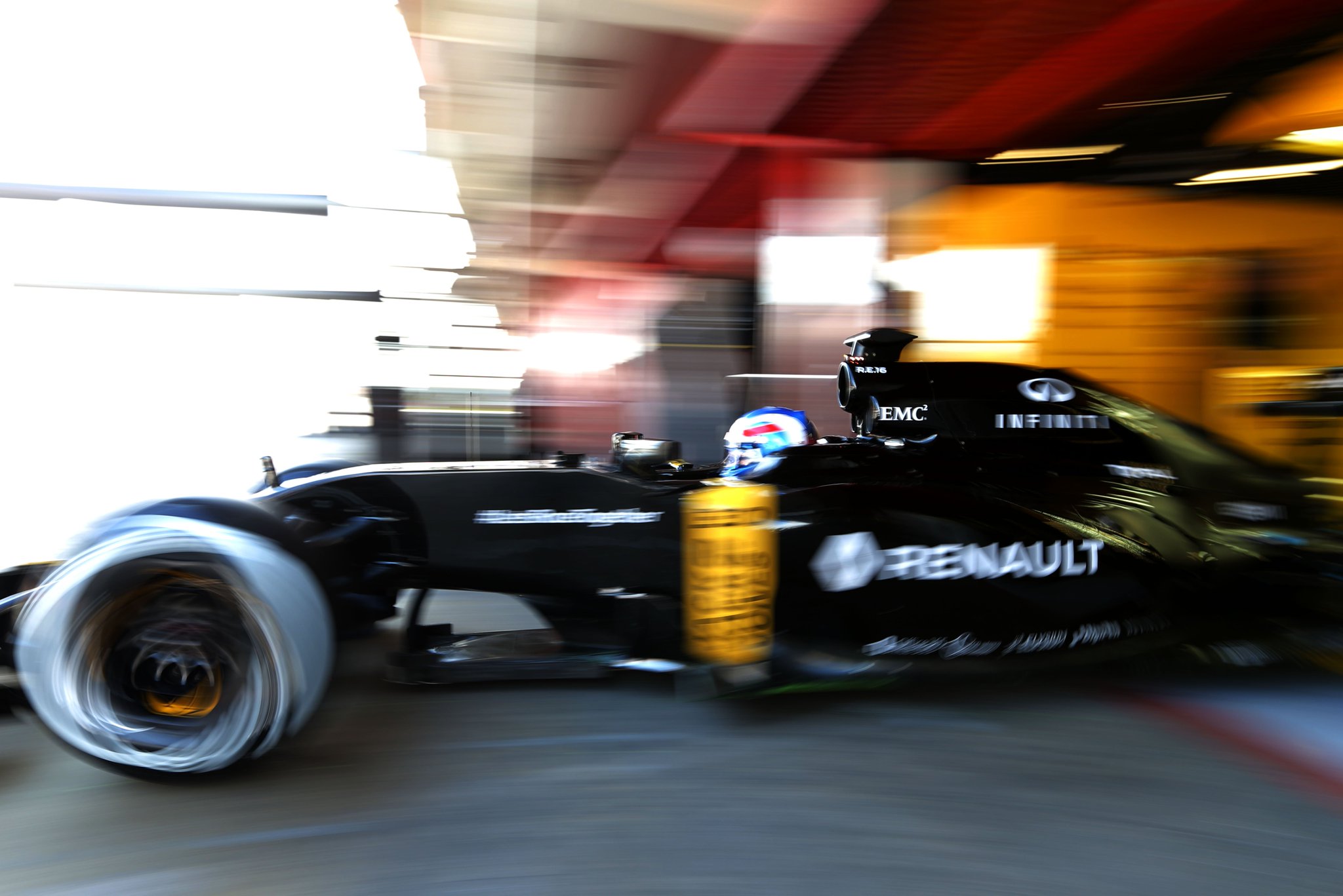The week following the opening Australian Grand Prix has been one of farce and disbelief amongst fans and journalists alike. The political state of Formula One has reached its nadir, but many within the organisational bodies of the sport remain as headstrong and firm in directing their affirmative against reviving the structure of the premier class of motorsport. The egregious and shambolic elimination qualifying format has formed a soap opera of its own and the announcement of Sky Sports’ deal to agree exclusive live race coverage of F1 from 2019-2024, ceasing free-to-air live coverage likewise, are just the tip of iceberg within a sport whose relationship with its fans has hit point zero. Fan satisfaction of the sport is at absolute all-time low, with many questioning why they even ever took an interest in F1 and taking flak from bemused outsiders for their continued interest.
Fans of rival motorsport series may scoff with incredulity when reading this, but Formula 1 is and has been the face of motorsport since 1950. It has been marketed as having the best drivers in the world competing in the fastest cars, with an image of glitz and glamour to accompany to gladiatorial demeanour of its competitors. The trouble is however, it has appeared to represent anything but this since the loud, screaming 3 litre V10 engines, which were pushing close to 1000 horsepower, were outlawed at the end of 2005. In the place came the puny 2.4 litre V8 engines, slurred with statements from hotheads such as Juan Pablo Montoya as a transition from “Formula 3000 to Formula 3”. Constant restrictions of chassis developments, cutting down on testing, replacing gravel pits with tarmac run-offs, inflating parameters on driver and team penalties & fines and frivolous campaigns such as the FIA Action for Road Safety, are just some of the dismaying evolutions of recent seasons. Lack of driver satisfaction has become an ever-loudening presence within media printing, culminating in the infamous GPDA statement printed last Wednesday, slamming unnamed senior figures within the F1 ranks for the whole of the world to see.
Over the years F1 has tried (and failed) to please its fans and participants in numerous variations of hackneyed solutions and false promises. These include:
- Insisting to reduce costs (Proposing the £100 million budget cap in 2009 to attract Caterham, HRT & Manor, the former two liquidated with massive debts)
- Closer racing between cars (The research of the defunct Overtaking Working Group being deviated to suit the teams’ insistence on a large front wing, therefore disregarding its conclusions)
- Accessibility for fans (Increase in the exclusivity of paddock passes, restrictions on boundaries have reduced fan enjoyment and the increase of pay TV broadcast deals)
- Showcasing the modern automotive technology (Many see the current hybrid power unit formula as outdated and only existing due to the car manufacturers (Ferrari, Mercedes, Honda & Renault) determined to re-establish themselves on top of the sport’s hierarchy)
- Clarity of the progression of the sport from the FIA, F1 Strategy Group and Formula One Group (Very little evidence of this)
- An increase of aero appendages in order to restore F1’s status as overwhelming faster than rival series by 2017 (Teams and the FIA are still in the midst of negotiating the new technical regulations, with no agreement appearing to emerge in the immediate future)
- A better distribution of TV and commercial revenue by CVC group (Ferrari, Red Bull and Mercedes unfairly receive the bulk of the revenue due to recent championship success and historical existence)
- Attracting new manufacturers to supply hybrid power units (Volkswagen continue to express disinterest in doing so, whilst former suppliers such as BMW, Toyota and Ford insist upon never returning to F1)
- Improving the Pirelli tyres and the authenticity of racing (Drivers and teams still express misgivings over the functionalities of the Pirelli tyres and the DRS wing is ever-increasingly relied upon to help drivers overtake slower cars)
- Increased involvement on social media (Formula 1 only started to become proactive on Twitter, Instagram & Youtube as of last year, whilst rival series such as MotoGP started much earlier and have even started using emoticons on Twitter consisting of their riders’ numbers!)
By creating so many incongruous promises, the senior figures are establishing unrealistic ideals that are impossible to achieve simultaneously. The interests of major car manufacturers are guaranteed to clash against of the well-being of F1 and by allowing them to create a F1 Strategy Group, where only the top 5 finishers of the previous season’s constructor championship are permitted to the majority of technical conferring with the FIA, is absurd and wholly undemocratic on its merits. By listing a lengthy and ambiguous agenda, F1 is attempting to deliver numerous promises without realising only a few of them can be delivered upon. It needs to realise what is paramount in terms of importance before it can create a coherent marketing strategy. Being able to provide the best technology, with increased aero performance AND close racing are incompatible in their functionality together and many need to avoid being swayed by alarmist opinion pieces by idle journalists.
What Formula One fails to realise that the fans of motorsport operate their allegiances in a markedly different way to rival sport fans. Fans of team sports such as football and rugby lean towards supporting a club and watching matches of rival teams to check upon progress of rival players, whilst motorsport fans appoint their attachment to an organisation of a championship series. Although Motorsport fans may claim allegiance to a team (e.g. Mercedes) or a driver (e.g. Hamilton) within a series (e.g.F1), they supporting the championship series primarily as a whole by watching and attending their races. Whilst team sports will hold multiple one-to-one matches between teams at various venues within a league simultaneously, motorsport series pitch their competitors against one other within the same venue. There is also widespread conflict of opinions over whether motorsport is a form of sport or entertainment. Motorsport struggles in its popularity due to the lack of tribal culture shared within team sports amongst its ranks, as fan participation within football and rugby invariably lends itself towards fierce dedication to a club within their leagues. Therefore an “I-must-watch-my-team-at-all-costs” loyalty is paramount to the mentality of consumers of team sports, whilst motorsport series are regularly judged upon their entertainment factor, something which is disregarded to be a primary necessity by watchers of team sports.
In my own point of view, my interest in F1 principally lies within the support of an individual driver: Kimi Raikkonen. Arguably the sport’s last true maverick and a throwback to the old days of motorsport, Raikkonen has unwittingly forged a large fan-base, due to carefree and monosyllabic approach to media duties and his personal and professional life. The Iceman refuses to arrogantly rave about his status as one of the sport’s five world champions, preferring to avoid the glare of cameras by donning a trademark combo of shades and a cap. Often regarded as rude and aloof, Raikkonen is (silently) questioning the misguided need for lengthy press conferences, which consist of journalists asking vague questions and the sport’s attempts to masquerade its political situation. It is likely Raikkonen’s participation will cease by the end of this season, due to rumours of Ferrari refusing to offer a contract renewal. Why did I choose to support this driver? He is a symbolic representation of the drivers’ and the fans’ rapidly growing disillusion with F1 as a whole and the stale corporate image which is hammering the sport with an unappetising aura to casual viewers.
There is now an increasing suspicion that recent episodes such as the confusing implementation of the new elimination qualifying is yet another irritating smokescreen to divert fans’ attention from the true issues engulfing F1. It appears the main tactic of FIA (and its impotent president Jean Todt), F1 Strategy Group, Bernie Ecclestone, CVC and the Formula One Group is to create ambiguous headlines to retain a stimulus of interest within the sport amongst fans. In doing so, it instills a belief in many fans that they could solve the sport’s problems if they were given an increased voice. However last year, the GPDA released a survey, which was answered by 200,000 fans, but ultimately these ignored by governing officials. There is intense hubris amongst the major figures within the sport that many will display unquestioned loyalty in lieu of such degrading news, but an exodus to MotoGP (which provides the overtaking extravaganza F1 can’t deliver) and WEC (which provides the technological extravaganza F1 can’t deliver) is now indelibly prominent.
In a sense, it could be regarded that the senior officials of F1 have generally lost interest in attracting the youth of today and prefer to direct its attention on retaining its older audience, whom they believe will spend their larger exposable income on their products. It is well known the youth and the poor cannot afford to buy products from Rolex and Chandon, so it was likely Ecclestone saw the exclusive Sky deal as an affirmation of filling the sport’s coffers and accepting defeat on its quest to attract the less wealthy. In my view, the working class origins of the sport’s five world champions is being despised and viewed with derision, as everyone is passively permitting a return to the days of motorsport being solely a activity of the extensively wealthy for eternity. This is disgraceful, but tragically the new reality of the top echelons of motorsport.
Is F1 a victim of success? It appears definitely so and a restructured organisation of Grand Prix racing as we know it needs to replace it as soon as possible. Such names such as “Premier Grand Prix” or “Grand Prix Elite” could be used for the new organisation, with a strong dictator with engineering knowledge such as Ross Brawn taking the helm to ensure the migrated participants co-operate and ensure the best possible success for the reformation. Ultimately, if F1 is allowed to continue to rein in its position as the premier class of motorsport, then the image and reputation of itself and rival series to the outside world will sustain irreversible damage.



